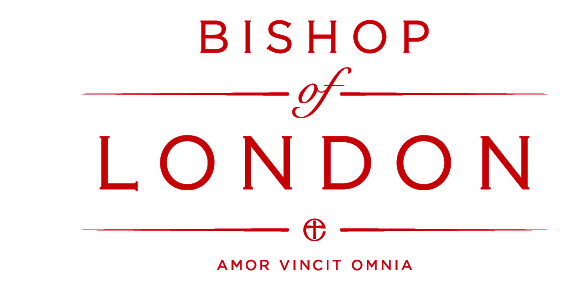Commemorations for the Great Fire of London
The Bishop leads commemorations for the Great Fire of London
The Bishop of London has preached at two services this weekend to commemorate the 350th anniversary of the Great Fire of London.
On Sunday morning (4th September) the Bishop gave a sermon at St Paul’s Cathedral which you can read here. The service was part of a programme of walks, talks and tours, special sermons & debates to mark the 350th anniversary of the Great Fire of London taking place at St Paul’s between May 2016 and April 2017. You can read more about these special events here
During the day the Bishop also preached at a service at St Stephen, Walbrook which was one of 86 of the City’s 109 churches that were either destroyed or badly damaged by the Great Fire of London. The service was also recorded for BBC Radio 4’s Sunday Worship which you can listen to here and read the Bishop’s full sermon here.
During the service, the Reverend Jonathan Evens, Priest-in-charge at St Stephen Walbrook gave a welcome to all those in attendance and spoke of how London’s commemoration of the Great Fire does not focus just on the horror of its destructive power but also celebrates the that “the City rose like a phoenix from its ashes.” He also noted that the renewal of the City of London laid the foundation on which London became a world city.
The Reverend David Ingall, Priest-in-Charge at St Sepulchre’s, also spoke during the service about the renewal and regeneration of churches today. He spoke about the experience of starting a new worshipping community on Sunday mornings at St. Sepulchre’s and how this has blended with the existing life of the church.
The Great Fire of London is thought to have started in a bakery in Pudding Lane, a mile or so east of St Paul’s Cathedral in the heart of the City of London. It began on Sunday 2nd September 1666 and raged for four days, finally burning out on Thursday 5th September. Although only a small number of people are thought to have died, tens of thousands of people were left homeless as much of the City was laid waste. The task of overseeing the reconstruction of this part of London was given to the architect Christopher Wren whose greatest achievement in the reconstruction must have been the Cathedral Church of St Paul’s whilst also creating earlier masterpieces such as St Stephen Walbrook.
